The January blues after the festive period only enhance the urge to needlessly spend with sales galore. In the biggest sales month of the year, businesses overload our feeds with 50%+ off items we don’t really need, and the fashion sector is one of the biggest culprits. But what sort of impact does it have on the wider world?
Let’s look at the fast-fashion stats
- Clothing production is the third biggest manufacturing industry behind automotive and technology
- One in three young women consider clothes worn once or twice as “old”
- 93% of fast-fashion brands are not paying garment workers a living wage
- Fashion industry is responsible for 8% of carbon emissions
- 1.7kg of fashion waste is dumped in landfill yearly by Brits. Each Brit bins around 3.1kg of fashion waste each year (fourth largest in Europe)
- The average American throws away 81 pounds of clothing each year
- Fewer than 11% of brands implement recycling strategies
Black Friday and its darkness

Is it also time we shine a light on the darkness of Black Friday and how it really does live up to the name? As well as the January sales, the world goes crazy for tempting deals in the run-up to Christmas, and the serious case of FOMO drives us to top up those shopping carts. To the savvy shopper, 99% off Black Friday deals are heaven, but to those working to highlight the downside to fast fashion, it’s a hellish time. It’s organisations like the Slow Fashion Movement that are helping shine a light on the dark effects these sales periods create, as Content Coordinator, Enna Tomlinson highlights:
“Fast-fashion retailers use pressurising marketing tactics to convince people to add garments to their shopping cart, without taking responsibility for the social and environmental damage this causes. When clothes are selling for up to 99% off, it really makes you question the quality and care that goes into making them, with the garment workers behind these items being left forgotten. For example, PrettyLittleThing has come under fire for subjecting their factory workers to unsafe conditions with inadequate pay, yet consumers pay very little attention to the real issues, and instead focus on expanding their wardrobe.
“In order to support a sustainable future, fashion retailers need to hold themselves accountable for the impacts they have on the world, using their platform to educate why slow fashion and adopting a mindful mindset is so important. As a movement, we aren’t afraid to point fingers and highlight these issues. We inform our followers on what they can do to put a stop to the injustice, alongside teaching them how to bring new life to old clothes.”
Next time, opt for Green Friday
When everyone is competing for the best deal or trying to nab the last sale item, make this time of the year more calmer and sustainable by counteracting with Green Friday. What does this day look like? It’s a slower-paced day with charity-shop browsing or a focus on what you already have that can be improved – all of which will indeed help you save money; but in an even better way than Black Friday, which lures you in to actually spend a lot more.

Swap and shop with friends and family
Visit your relatives to see what they are throwing out or don’t need – you could find a hidden gem. Organise an exchange with friends for that dress you’ve always had an eye on. Maybe you could all turn your wardrobes into shops and put things up ‘for sale’.
How to actively help slow fashion
It all starts at home. If consumers are always going to rush to the shops or constantly shopping online, companies are going to continually cater and take advantage. With January sales in full swing, it’s time to simply rethink our fashion ways. Instead of falling for the psychologically-proven-to-tempt-you-in bright red sales tags, remember about cheaper alternatives and how to work with your treasures you have already.
Look after your clothes

Are you guilty of letting clothes pile up and then stuffing the washing machine with no second thought? And then you wonder why clothes are shrinking, deteriorating and fading? Well, it’s time to do a refresher course in laundry. Dig out your washing machine manual and really get to know those settings and dials. Swot up on your delicates to your colours so you can improve the longevity of clothes. Always read your labels and follow the instructions to the letter.
Use stain removal pens
Next time you make a whoopsie, don’t stress or ditch a good item if you’re struggling to clean, and instead, use a quality stain removal pen. They’re simple to use, too. You start by removing excess residue from the stain and then press the tip of the pen onto the area several times to release its magic onto the stain. Rub gently across the stain to remove.
Incorporate more air drying

Wherever you can, try to air dry your clothes rather than relying on the dryer. Use indoor clothes airers or even bungee cords to hang wet clothes on to cut energy bills and help the environment. Not only are you saving money, but you’re also reducing the chance of any hiccups like shrinking to occur, as many fabrics can often shrink when exposed to high heat. The tumble motion also can contribute to shrinkage because the motion of the tossing can cause fibres to constrict. There are also plenty of foldable clothes dryers you can easily pack away after use. And when the warmer days arrive, you can make use of the garden’s washing lines and treat your laundry to fresh air.
Use a delicates bag
Too many of us get used to lumping piles of clothes into the washing and drying machines, hoping for the best, forgetting that delicates should be protected. And they can be protected pretty easily with a mesh delicates bag. By placing a barrier between the delicates and other items, they can get all the benefits of the washing and drying machines without the risk of damage by other items. They’re particularly useful for sports clothes to provide aeration and for protection against zips, velcro straps and fastenings that may get caught in other clothes and pull the threads.
Avoid regular washing
If you have knitwear, denim, leather and prone-to-shrinkage items, be sure to monitor the frequency of your washing and try to reduce it. Be extra careful to avoid spills and stains, and improve your personal hygiene to limit the need for overwashing clothes. When washing knitwear, put on a cold wash of 30 degrees or less, or handwash, and always check the label. You should fold rather than hang knitwear to prevent stretching over time.

Buy less, upcycle more
Upcycling is a growing trend but it should be even bigger. It’s a genius method. With fabrics, string and threads, you can transform clothes and fix them up in no time. If a handbag strap breaks, a cord can come to the rescue, or if the jeans are thinning out or getting too small and you find yourself scrunching them into a bin bag, see what fabrics you have lying around to jazz them up or use the jeans themselves to turn them into something new.
Upcycling ideas:
- Turn fabrics into storage and ornament covers
- Use a sewing kit/machine and fabrics to create patchwork clothing
- Use twines, ribbons, yarn and fabrics to transform bags or household items like vases, boxes etc.
- Create accessories from old materials with ribbons, yarn and spare buttons
- Use bungee cords to fix up things or for storage
Ways to upcycle using bungee cords:
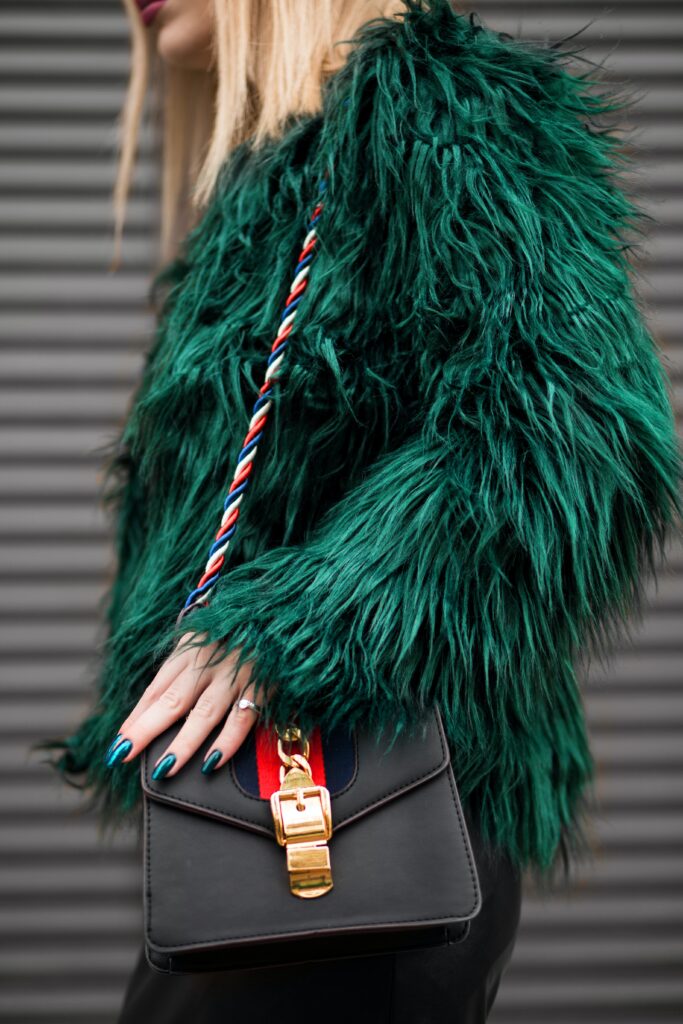
- Replace broken handbag straps with bungee cords or bungee straps that can also be colourful and vibrant to really make them pop
- Create a makeshift belt if you find your jeans feeling a bit looser. You can find buckles and attachments online
- Upcycle cardboard boxes with unused fabrics to create carriers and portable storage, using bungee cords as the straps
- You could even upcycle a worn-out patio chair by using bungee cords as the cushioning – there are so many benefits to a bungee cord chair from posture support to breathable comfort. Grab your old clothes you no longer need and create fabric covers for the chair arms
The creativity is limitless, really. So next time you’re hit with a too-good-to-miss-out deal, think to yourself: “Do I really need this? Am I being impulsive? What am I actually saving if I already have similar outfits?” And with that exact train of thought, have a good look at your wardrobe and other bits and bobs in the home, and you may just fall in love with your clothes all over again or find an ingenious alternative use for them.
For help with some upcycling resources mentioned here, contact The Bungee Store today to talk through all the colour, strap, and size options that can work for DIY projects.



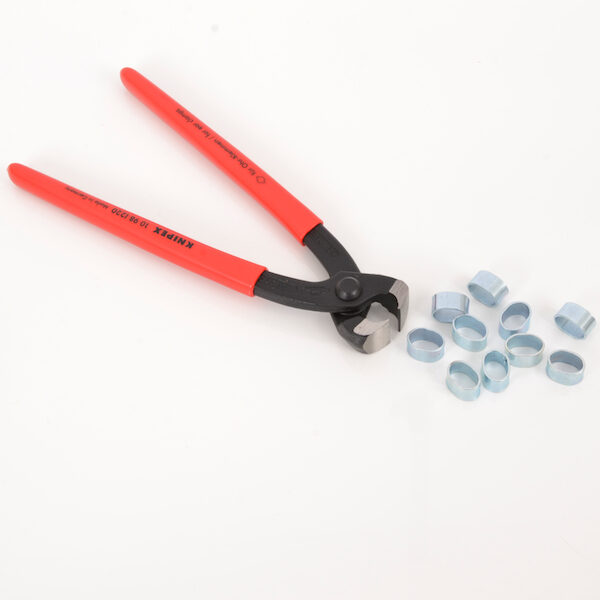 Knipex Ring Pincers
Knipex Ring Pincers
 Superflex Bungee Cord
From: £36.94
Superflex Bungee Cord
From: £36.94
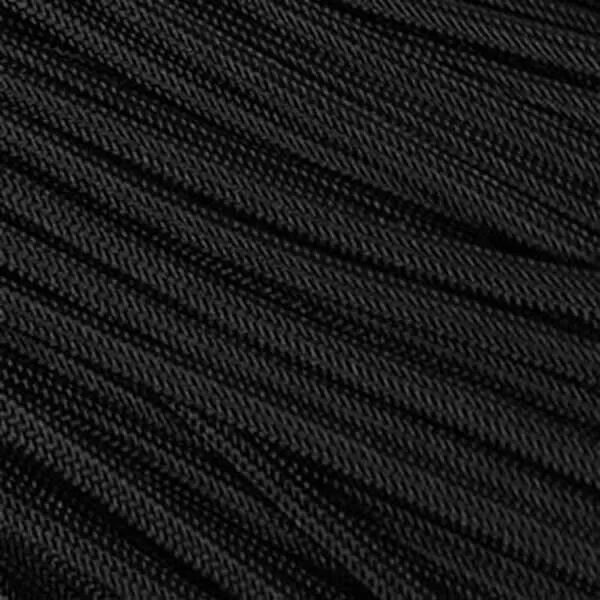 US 550 Paracord - Black
From: £7.75
US 550 Paracord - Black
From: £7.75
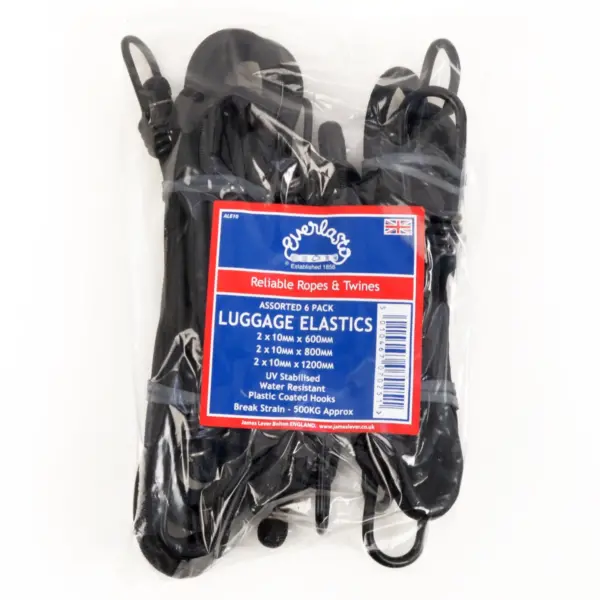 6 Pack - Assorted 10mm Luggage Elastics
From: £5.58
6 Pack - Assorted 10mm Luggage Elastics
From: £5.58
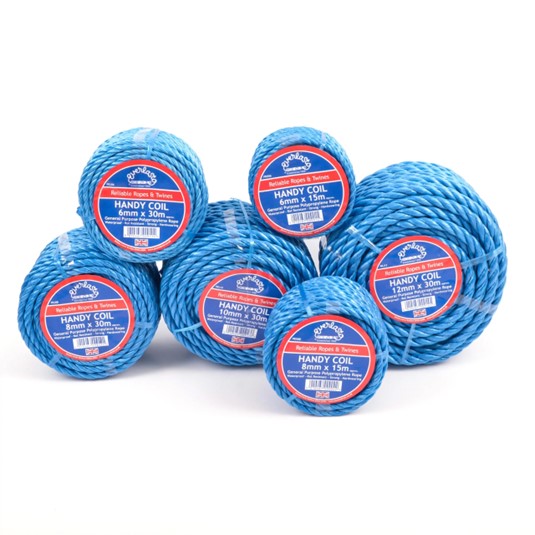 6mm Polypropylene Rope
From: £1.91
6mm Polypropylene Rope
From: £1.91
 Polypropylene Cargo Rope 12mm
From: £3.44
Polypropylene Cargo Rope 12mm
From: £3.44
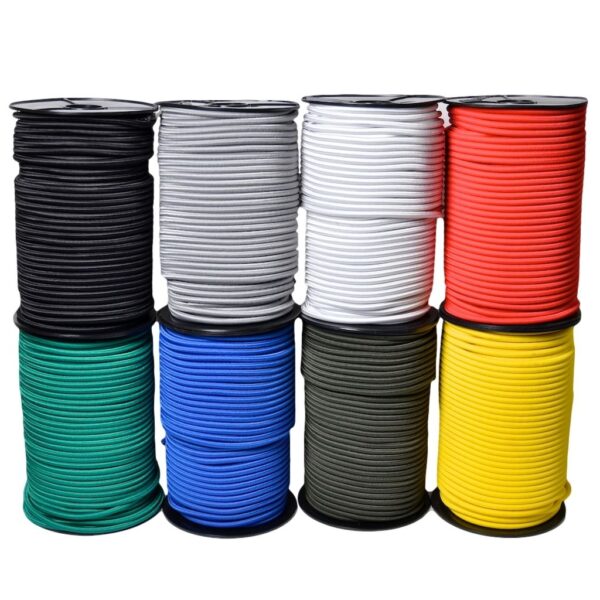 Lastoflex 8mm Bungee Cord
From: £10.94
Lastoflex 8mm Bungee Cord
From: £10.94
 Lastoflex 10mm Bungee Cord
From: £12.16
Lastoflex 10mm Bungee Cord
From: £12.16
 Lastoflex 6mm Bungee Cord
From: £4.97
Lastoflex 6mm Bungee Cord
From: £4.97


